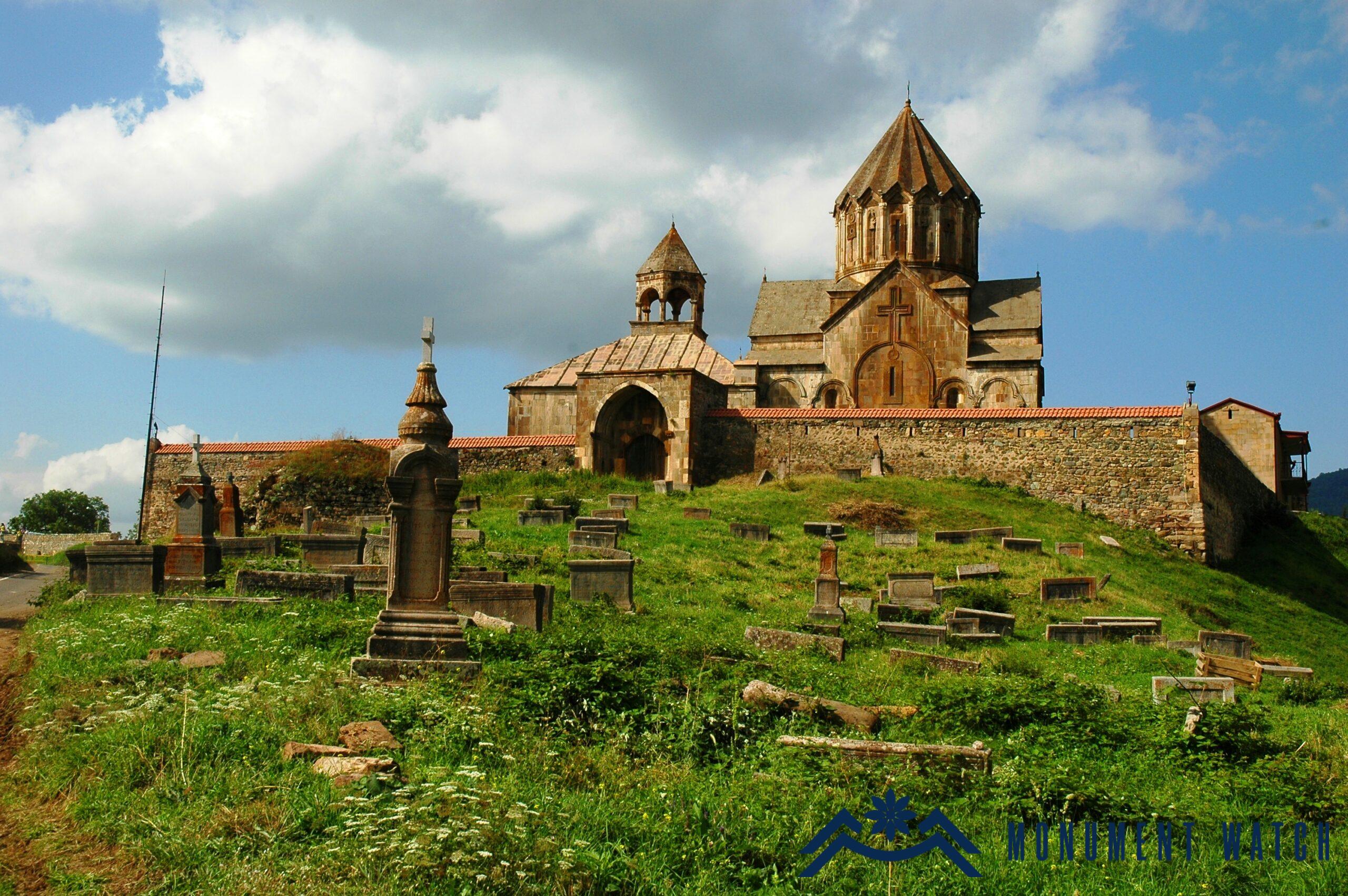On the occasion of the International Day of Refugees. Reference to the violations of the right to culture faced by those forcibly displaced from Artsakh
According to UN General Assembly Resolution 55/76, December 4, 2000, was designated as World Refugees Day to raise awareness about the plight of refugees worldwide. This day serves as a crucial reminder of the ongoing violations of the rights of Artsakh-Armenians. These violations include the denial of their right to access their historical and cultural sites and the obstruction of their ability to pass on traditional knowledge to future generations.
As a result of the 44-day war in 2020 unleashed by Azerbaijan and the military operations on September 19, 2023, over 120,000 people have been forcibly displaced from Artsakh.
As a result of the forced deportation, the Armenians of Artsakh have been separated from their socio-cultural values, deprived of the opportunity to preserve and pass on the knowledge, customs, and practices related to the nature, monuments, community, and cultural landscape of their historical homeland. The forcible removal of historical and cultural monuments, their destruction, and desecration have created insurmountable challenges for realizing their right to culture. This disorganization of community life and removal from the natural cultural environment and landscape have also led to the gradual disappearance of many intangible heritage elements. This includes dialects, traditional dishes, crafts, holidays, festivals, community games, agricultural practices, and living culture. Additionally, the suspension of non-formal cultural education has caused systemic issues in the protection and creation of identity integrity.
All these processes are directly related to violations of the cultural rights of Artsakh Armenians and issues in their implementation.
The first universal guarantee of the right to culture is outlined in Article 27 of the Universal Declaration of Human Rights: 'Everyone has the right freely to participate in the cultural life of the community, to enjoy the arts and to share in scientific advancement and its benefits' (United Nations, 1948: Universal Declaration of Human Rights, Art. 27.1. Paris: United Nations). UNESCO's interpretation of this article affirms that the right to participate in the cultural life of the community also guarantees everyone's right to access cultural heritage and to participate in and enjoy cultural practices.
Another important reference for understanding the right to culture is Article 15 of the UN International Covenant on Economic, Social, and Cultural Rights. This article defines the right to culture as "...the right of everyone to take part in cultural life" in paragraph 1(a) (Committee on Economic, Social, and Cultural Rights, 2009, General Comment No. 21).
According to many experts, forced displacement is a form of ongoing war and violence, surpassing even the horrors of active conflict. It is also considered a crime under customary international law (International Committee of the Red Cross; ICRC; 2019, April; Displacement in Times of Armed Conflict: How International Humanitarian Law Protects in War and Why It Matters. p. 22).
In assessing the violation of the cultural rights of Artsakh Armenians due to forced displacement, we encounter several problems. These include the denial of access to cultural heritage sites, the suspension of cultural and artistic practices, the disruption of the continuity and re-creation of identity, psychological trauma, and the denial of identity. One of the negative consequences of the forced evacuation of communities and the alienation of elements of identity is the obscuring of social memory of the past.
The forced displacement of Artsakh Armenians has created an insurmountable cultural and humanitarian crisis. This International Refugee Day, it is imperative to recognize and address the violations of their cultural rights. Protecting and preserving the rich cultural heritage of Artsakh Armenians is not only a matter of justice but also essential for maintaining the diversity and richness of the global cultural mosaic.
